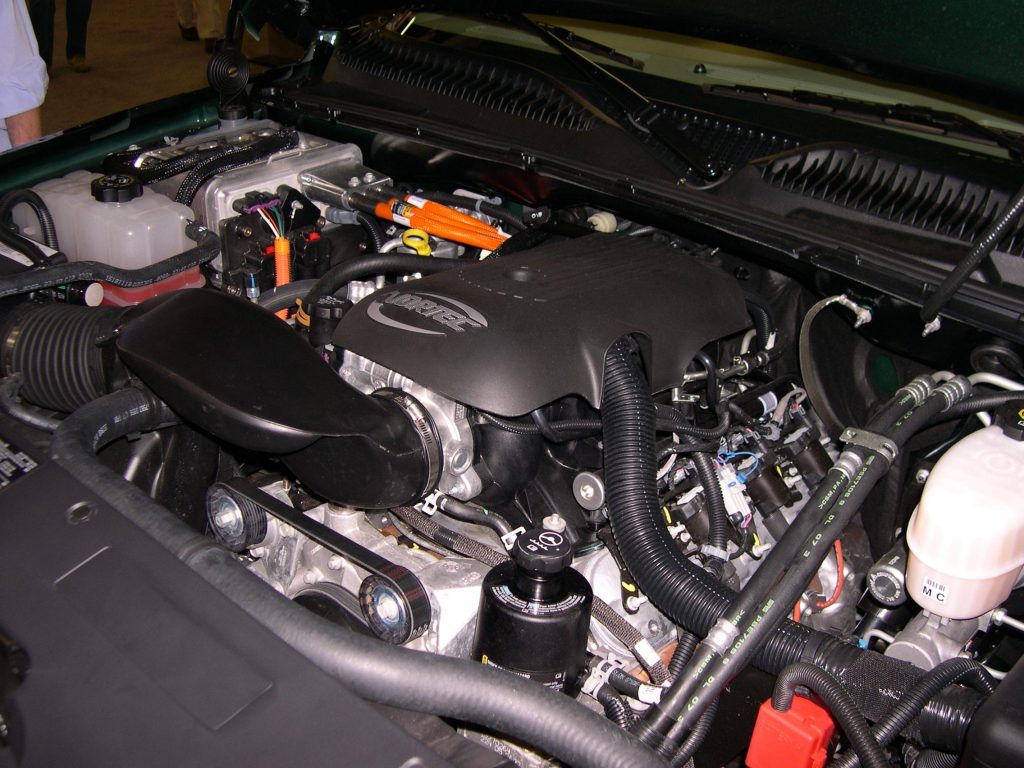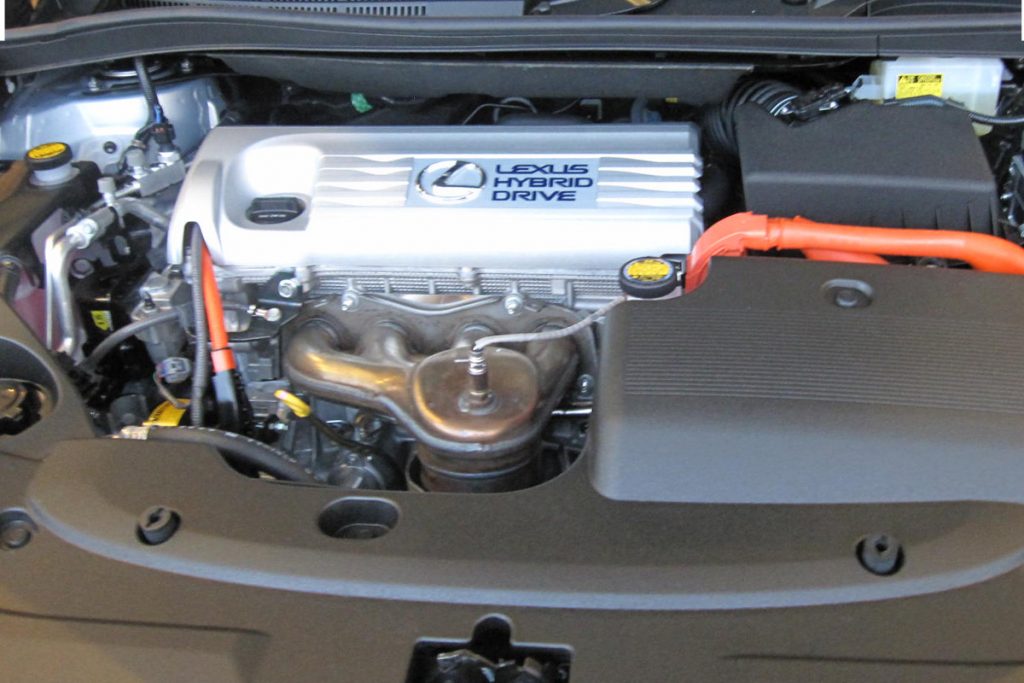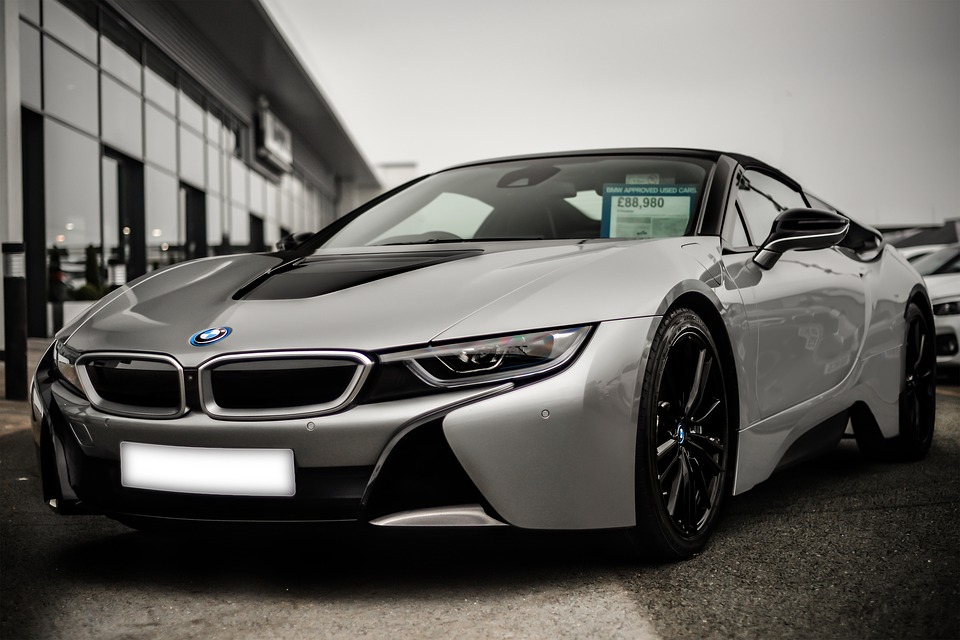Hybrid is derived from the Latin word “hybridia” which means: “composed of two elements of different nature”. With this in mind, the hybrid engine is equipped with two alternative drive systems: an electric motor and an internal combustion engine (petrol or diesel).
Hybrid Car: Definition
Unlike conventional cars that run exclusively on petrol or diesel, the hybrid car runs on a combustion engine coupled to an electric motor powered by batteries.
It, therefore, uses two separate energy storage systems (fuel tank and batteries).
This additional space and the associated weight means those car manufacturers that market them have to offer this type of vehicle from the “D” segment (mid-size saloon cars). The minimum purchase price is around $20,000.
How a Hybrid Car Works

The hybrid car is equipped with two types of engines that will interact to propel the vehicle.
Depending on the strategy adopted, there are several families of hybrid vehicles:
– the micro-hybrid (“stop and start”). This is the simplest stage of hybridization: a starter-alternator allows the engine to be stopped momentarily and restarted automatically (for example at a traffic light or in a traffic jam in order to save fuel and reduce pollution), and energy is recovered during braking and deceleration by recharging the battery.
– the series hybrid. The drive wheels are always driven by the electric motor.
Most often, the combustion engine is not used at stops and at low speeds in the city. Another interesting development is that more and more of these hybrid vehicles are rechargeable or “plug-in”; their battery can therefore also be charged from the mains for much higher performance.
– the parallel hybrid. The internal combustion engine provides propulsion as in a conventional vehicle, but an electric motor, often placed between the engine and the gearbox, optimizes its operation (reduced consumption and pollution) in the following phases: starting (driven by the electric motor); acceleration assistance (“Boost” effect); momentary stop (“stop and start”). Thus, 2 engines work together according to variable distributions to suit the needs of the vehicle.
Note: it will be impossible for you to find the miraculous fuel consumption displayed by these sometimes overpowering vehicles for unavoidable reasons of physical laws and optimization of their operation on obsolete measurement standards.
– the series/parallel hybrid. This solution combines the advantages of the two previous modes: an internal combustion engine is connected by a complex transmission system (Continuously Variable Transmission) to two electric motors. A sophisticated electronic management system optimizes the operation of these motors to reduce pollution and consumption, for engine braking and battery recharging.
– the rechargeable hybrid (plug-in) (the most widely used solution today). To increase the autonomy of the batteries, they can also be recharged by plugs connected to the domestic power supply.

Hybrid Car: Pros and Cons
Before you eventually decide to buy a hybrid car, this post presents the advantages of such a vehicle but also the disadvantages to keep in mind for a complete comparison.
The Advantages of a Hybrid Vehicle

The various advantages of the hybrid vehicle are as follows:
– autonomy: this is the main advantage, the combined use of the two types of engine makes it possible to cover distances of 600 to 1,000 kilometers without refueling or recharging the batteries.
– fuel consumption: at equal power, it will consume less fuel than an exclusively internal combustion vehicle, with the help of the electric motor reducing this consumption.
– the reduction of pollutants: these will be less considerable since the internal combustion engine is theoretically less stressed.
– driving pleasure: although speed and sporty driving enthusiasts will not be convinced, in terms of driving comfort and fatigue, the hybrid car is appreciable, thanks to its autonomous management of the propulsion, the driver only having to manage the position of the accelerator pedal and braking (he is often assisted by other devices such as emergency braking, adaptability of speed control, etc.).
Disadvantages of the Hybrid Vehicle

The various disadvantages of the hybrid vehicle are as follows:
– the cost price: just like for an electric vehicle, the purchase price of an electric car remains high, as well as its maintenance combining the operation of the two modes of propulsion;
– the limited government incentives: they are indeed less important than for the purchase of an electric vehicle and the absence of an ecological bonus ;
– weight: necessarily more significant, it reduces the “green” aspect of the vehicle by increasing consumption and polluting emissions (for the same type of vehicle, an average overweight of 500 kilograms for the hybrid is to be expected);
– specific use: the hybrid car is ideally suited to users traveling long distances, allowing the batteries to be recharged. Indeed, exclusively urban use will quickly drain the batteries with limited autonomy, and the vehicle will remain in “thermal” mode (for a rechargeable hybrid, count an electric range of 20 to 50 kilometers).
In conclusion, like all so-called hybrid solutions in the broadest sense, rechargeable hybrids are a good compromise available, but a temporary one while waiting for reasonably priced 100% electric versions capable of the same range.


1 comment
[…] What You Should Know Before Buying a Hybrid Vehicle […]